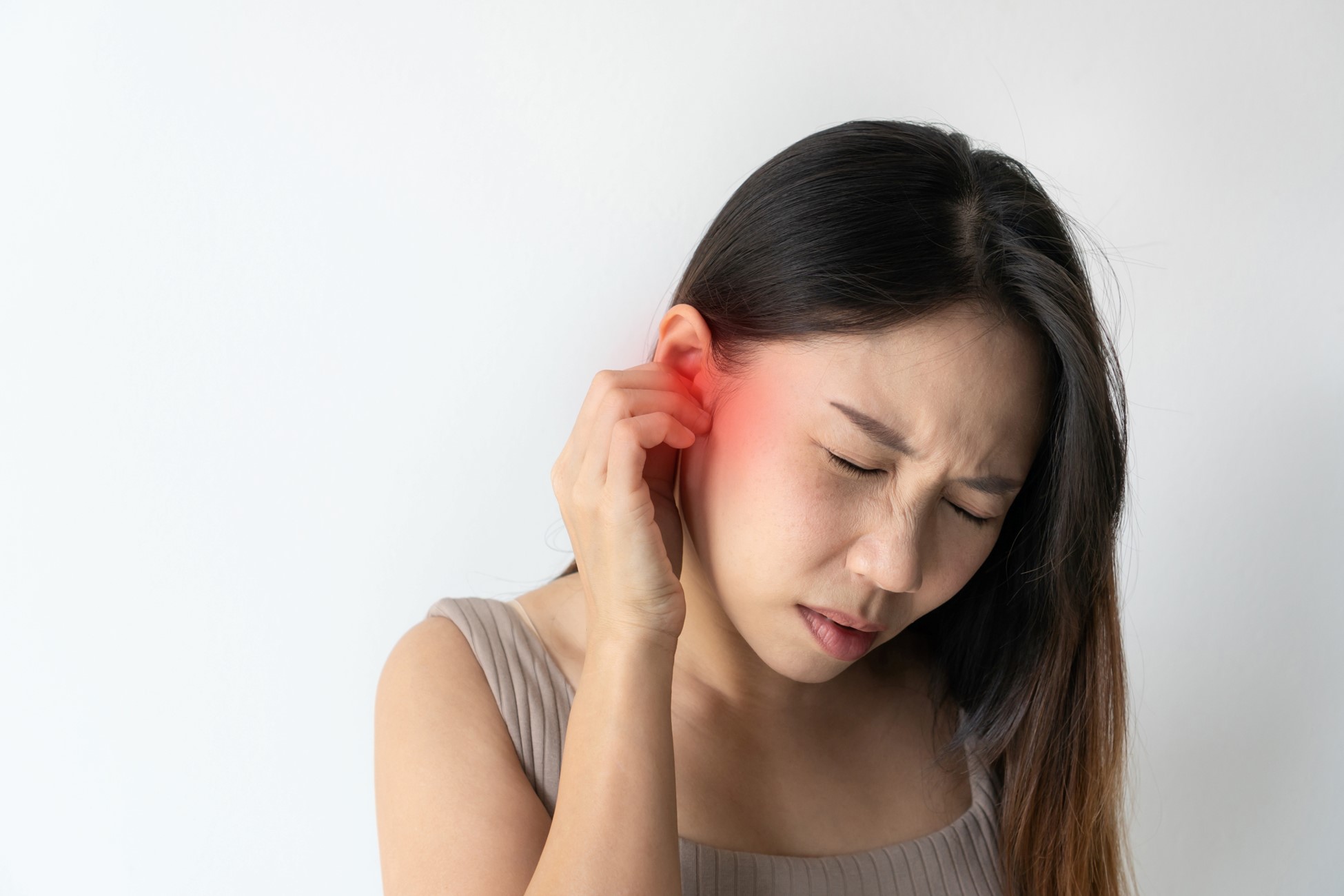Otitis externa, otherwise known as “swimmer’s ear,” impacts many people globally. It involves inflammation of the outer ear canal, usually caused by infection. Changes in weather might affect this condition more than we think. As the seasons transition from one to another, the environment around us changes too, affecting our health. Understanding this cycle and how it connects to ear health is crucial. By being aware of the potential seasonal effects on otitis externa, we can take proactive steps to protect our ears and minimize discomfort.
Understanding Otitis Externa
Otitis externa happens when the ear canal becomes inflamed, often due to bacteria or fungi. Common symptoms of otitis externa include itching, redness, discomfort, and sometimes discharge from the ear. It affects both adults and children who, through various activities, may expose their ears to irritants or excess moisture. Otitis externa causes vary, but small cuts in the ear canal, frequent water exposure, or even skin conditions like eczema may contribute. Seasonal weather shifts can either aggravate or reduce risk factors. Understanding these causes helps us prepare better for different situations that could impact our ear health.
Seasonal Variations in Otitis Externa
The likelihood of otitis externa can rise in summer. Many people swim more, and excess water might linger in the ear. This moisture creates a perfect environment for bacteria. Meanwhile, winter has its challenges. Cold temperatures and dry air can irritate the ear canal further, potentially leading to flare-ups. Moreover, geographical locations, like India, with significant monsoon seasons, could see distinct patterns. Rain and humidity increase the presence of moisture in the air, influencing ear conditions. Each season, with its unique characteristics, demands attention to how and why these changes might influence our ear health.
How Seasonal Changes Impact Otitis Externa
Temperature and humidity shifts play a big role in ear health. Warm, humid conditions make ear infections more common. In cooler, drier weather, skin inside the ear might become dry and cracked. Seasonal activities, from swimming in the summer to staying indoors in winter, can also impact the symptoms of otitis externa. Additionally, environmental factors like pollen or pollution levels change throughout the year. These can aggravate existing ear issues or increase the risk of new ones. Thus, understanding climatic influences enables better management and care of our ear health.
Preventive Measures for Otitis Externa
Taking care of your ears, regardless of the season, is key for preventing otitis externa. Here are a few strategies:
- Year-round:
- Clean ears gently and regularly.
- Avoid inserting objects that might scratch or irritate the ear canal.
- Manage skin conditions with appropriate treatments.
- Summer:
- Dry ears thoroughly after swimming.
- Use earplugs or a swim cap to limit water entry.
- Consider a drying agent if your ears feel damp often.
- Winter:
- Keep ears warm and covered in cold weather.
- Use moisturizers to prevent dryness.
- Gentle earmuffs can protect ears and keep them comfortable.
Being proactive in such ways means taking small but significant steps to reduce potential risks associated with transforming environments.
When to Seek Medical Attention
If you experience severe symptoms of otitis externa, like intense pain, fever, or hearing loss, see a doctor. Timely medical intervention is vital. Waiting might lead to complications or prolonged infections. Early treatment helps curb the problem before it becomes severe.
Otitis Externa Treatment Options
There are several otitis externa treatment choices available:
- Over-the-counter solutions may offer relief for mild cases, such as pain relievers or moisturizing ear drops.
- In more severe situations, prescription medications, including antibiotic drops, might be necessary.
Consulting healthcare professionals ensures you get proper care and handle the condition effectively.
Special Considerations for High-Risk Groups
Certain groups need extra precautions. Children and swimmers who frequently expose their ears to water are at higher risk. Ensure they follow safety steps, like using earplugs. People with chronic skin troubles or lowered immunity need extra care. Hydration, avoiding irritants, and protective measures can help. Use medical checkups to spot trends in ear issues and seek advice tailored to your situation. Taking these small steps can significantly control otitis externa, especially when seasonal changes threaten more frequent outbreaks.
Long-term Management and Prevention Strategies
Stick to healthy ear care routine habits that fit your life. Regular ear checkups with healthcare professionals address ongoing ear health needs. Adopting changes in your lifestyle, like staying hydrated and using ear protection, minimizes recurrent otitis externa cases. Remember, sensible precautions and routines can impact long-term ear health significantly.
Conclusion
Understanding the seasonal impact on otitis externa highlights the importance of careful ear care. By learning about potential risks each season brings, individuals can mitigate problems before they begin. Personal and seasonal proactive health actions put control back in your hands, empowering you to find balance and peace in every season. Stay informed, prevent wisely, and confidently handle your ear care throughout seasonal changes.
For expert ear care and guidance, visit Asian ENT Care Centre. Our team is here to help you protect your ears and maintain optimal ear health throughout the year.



